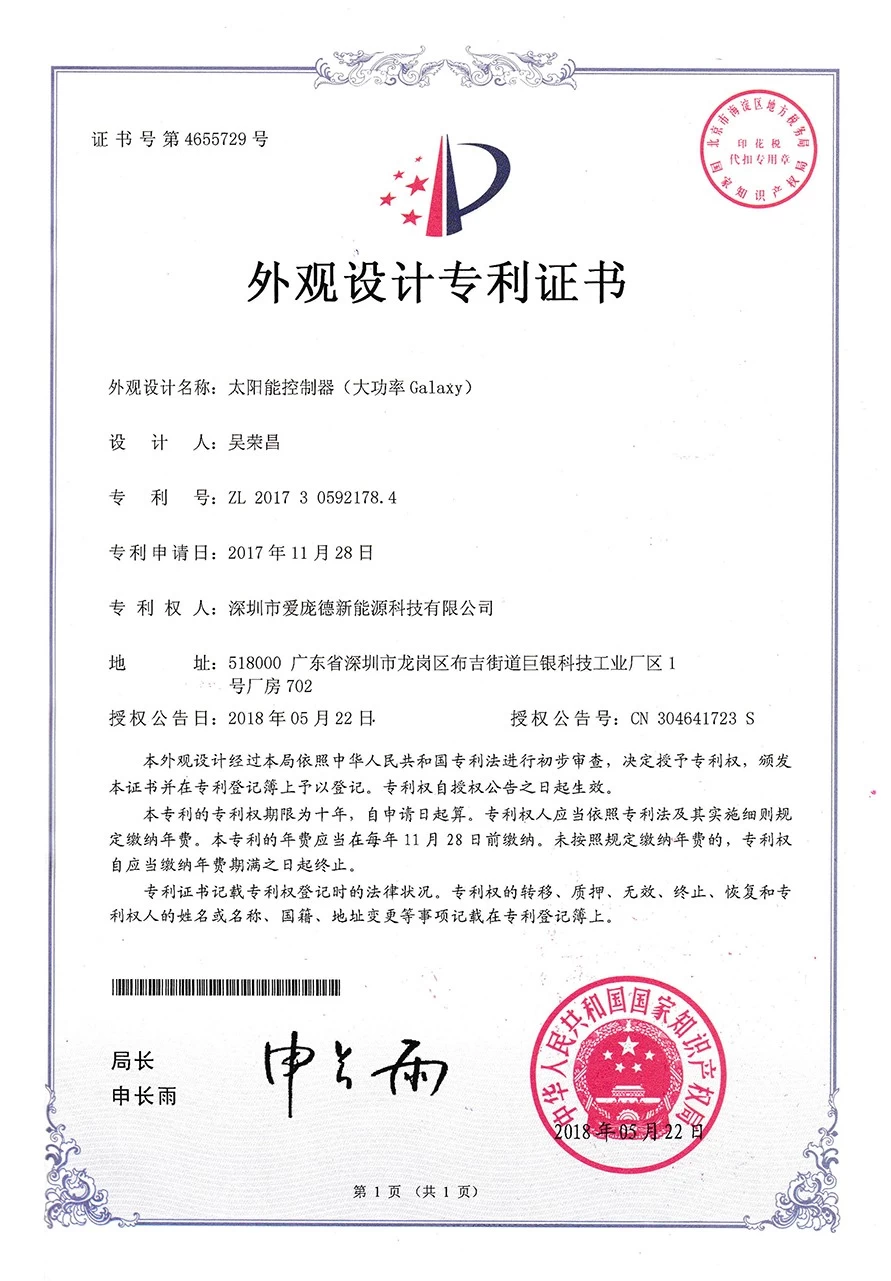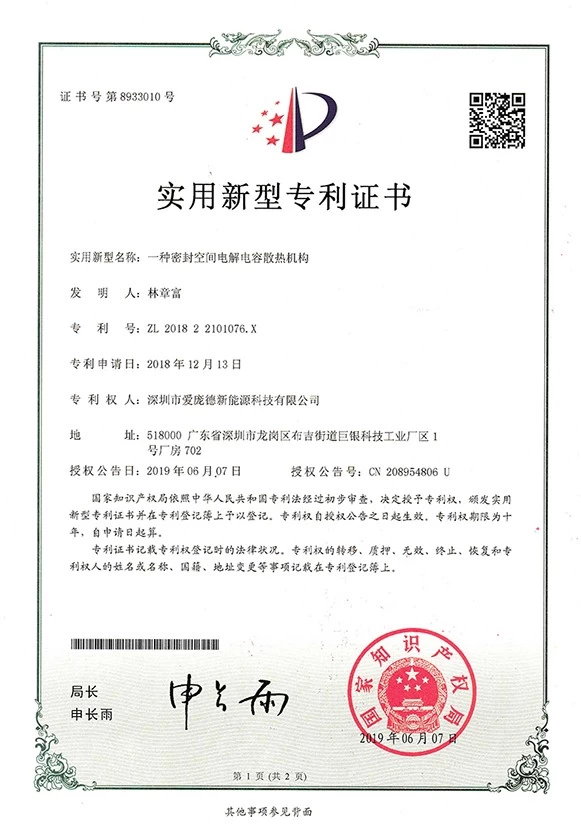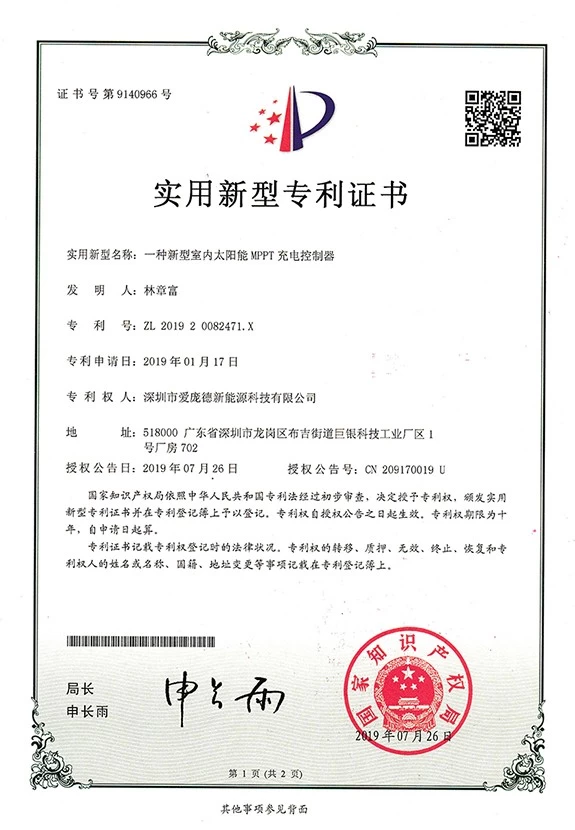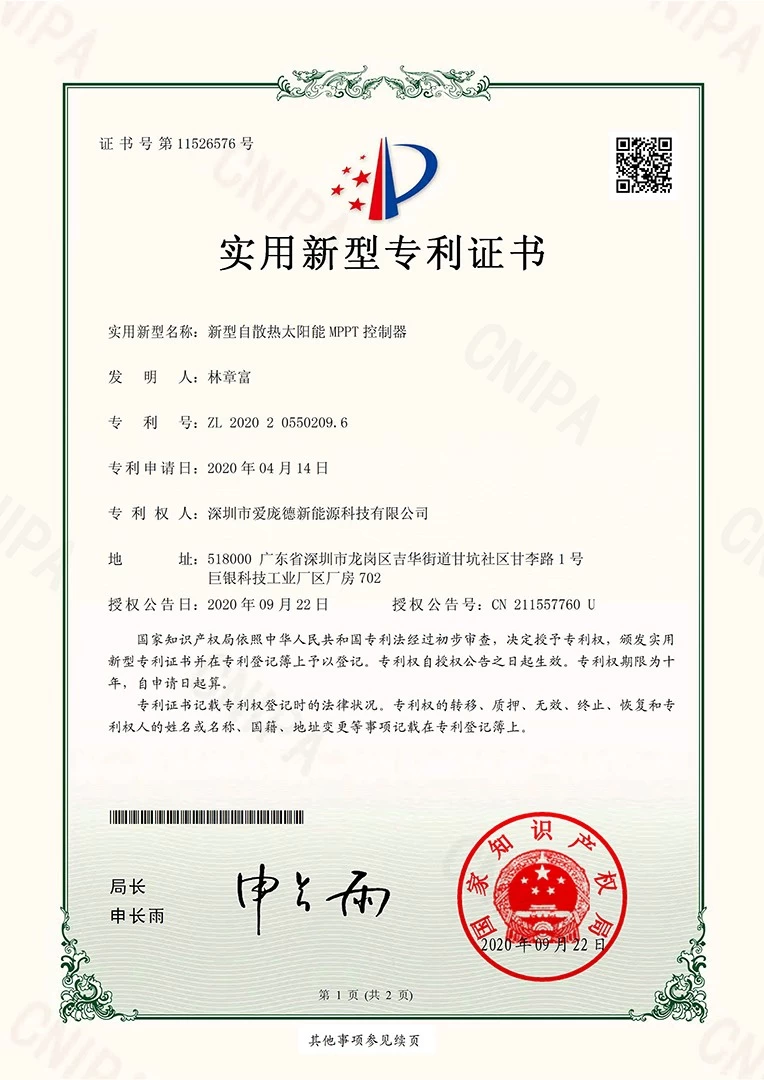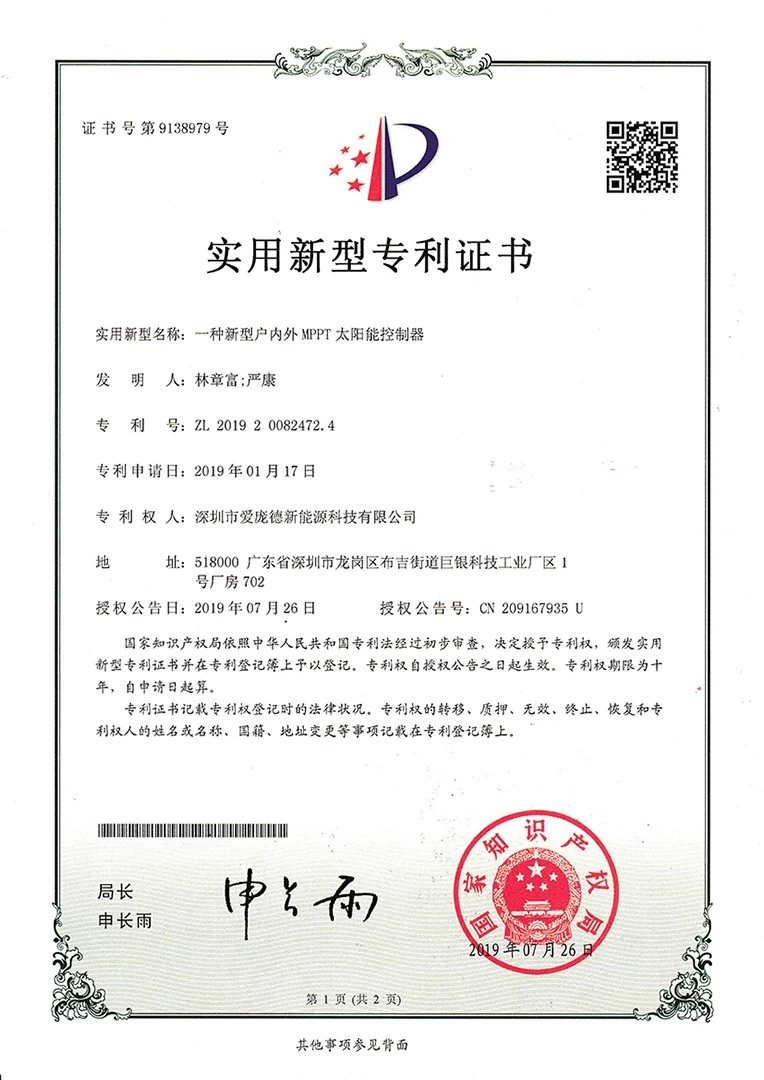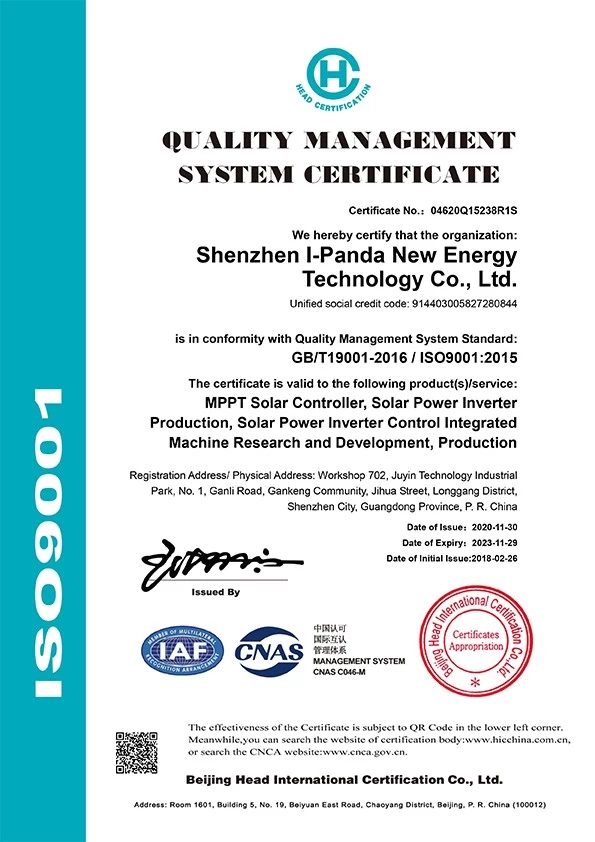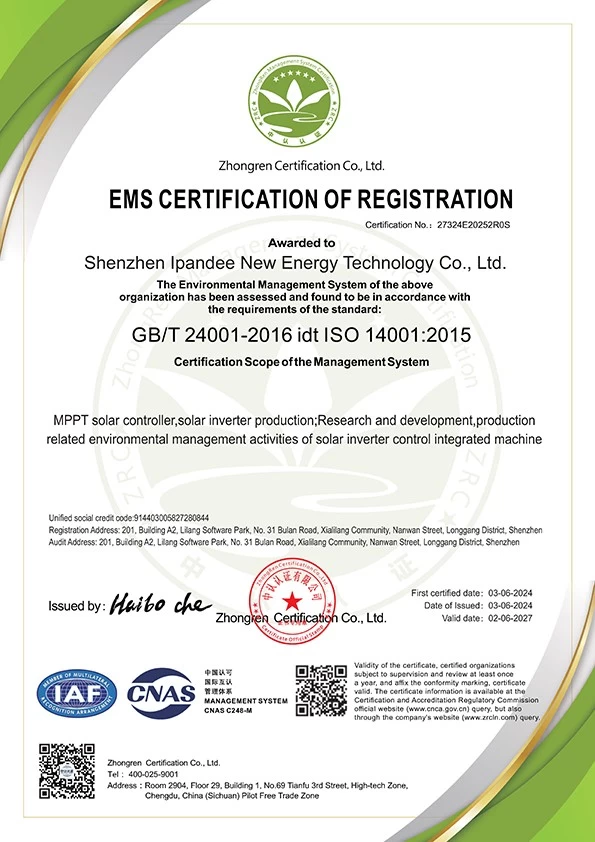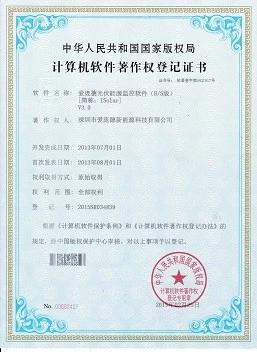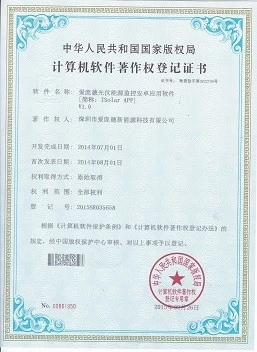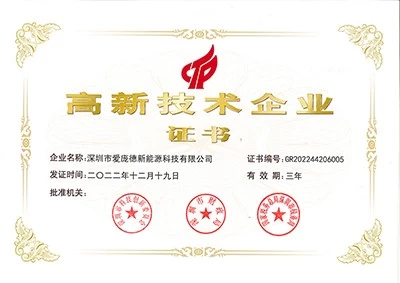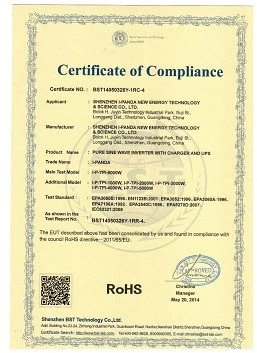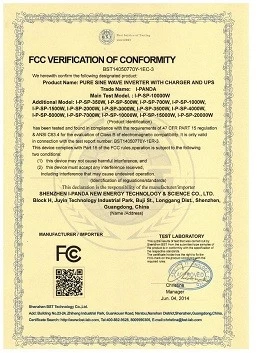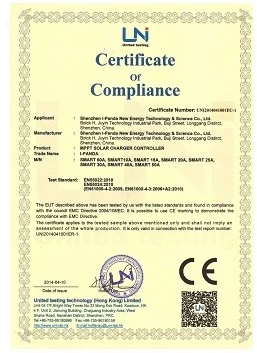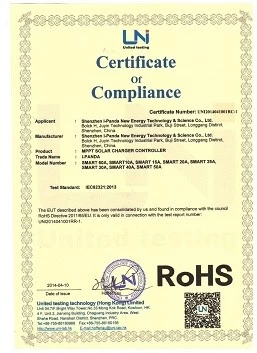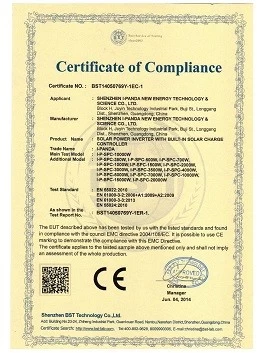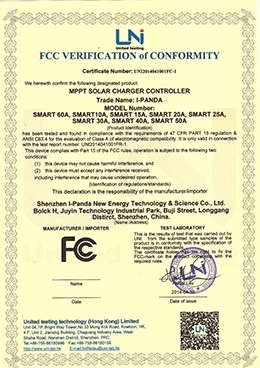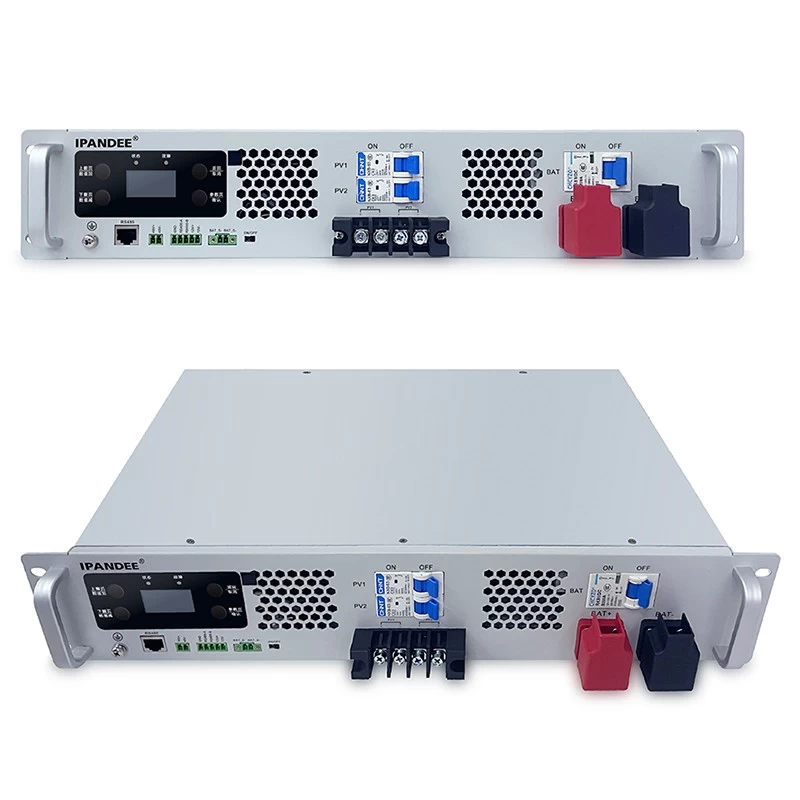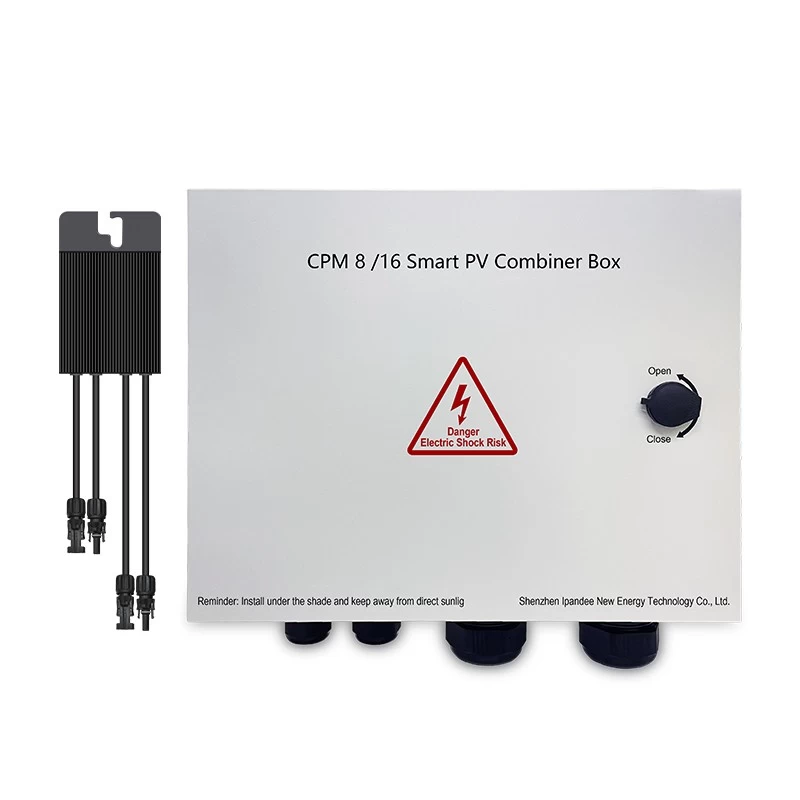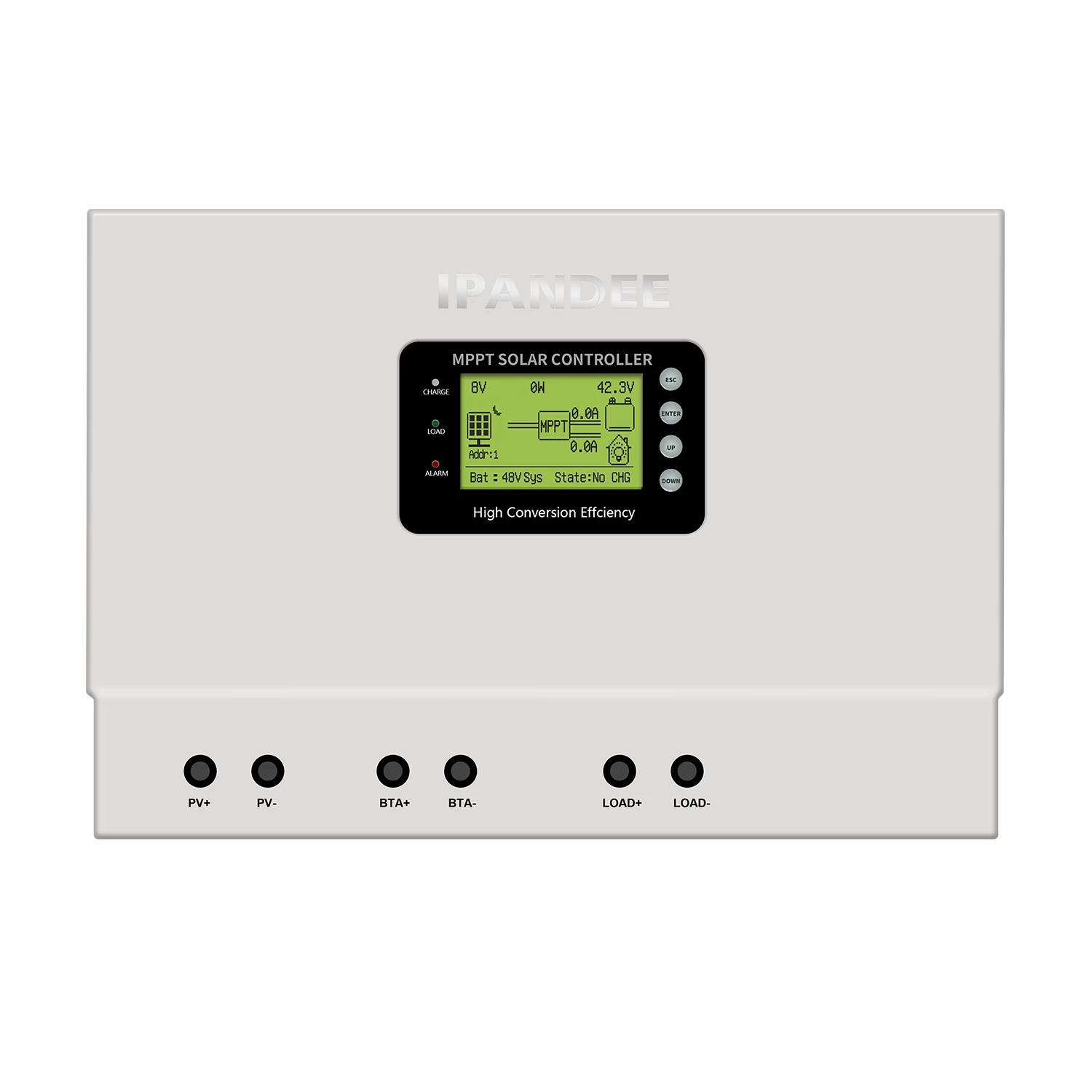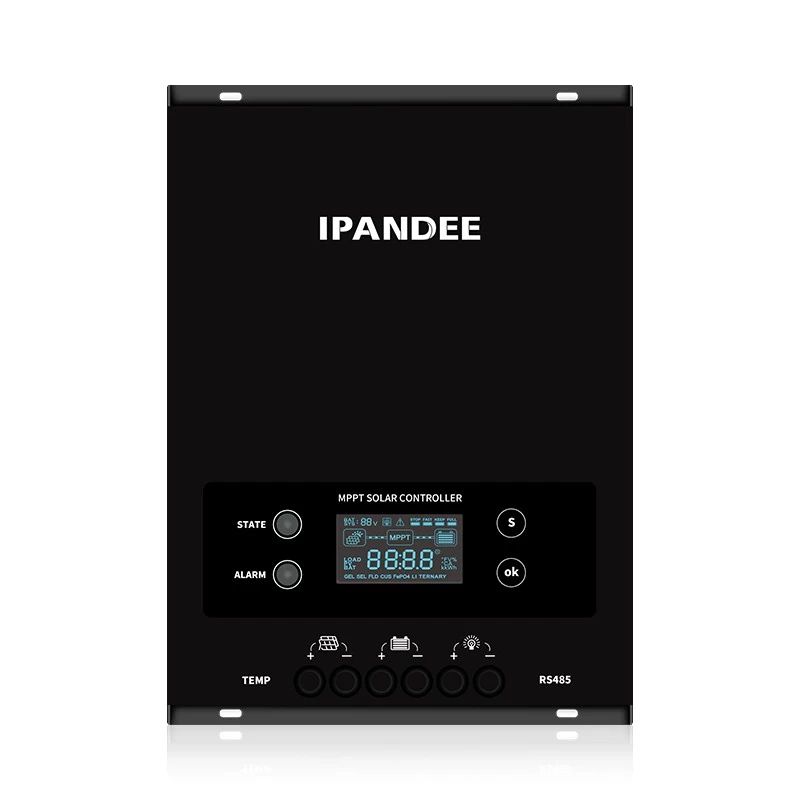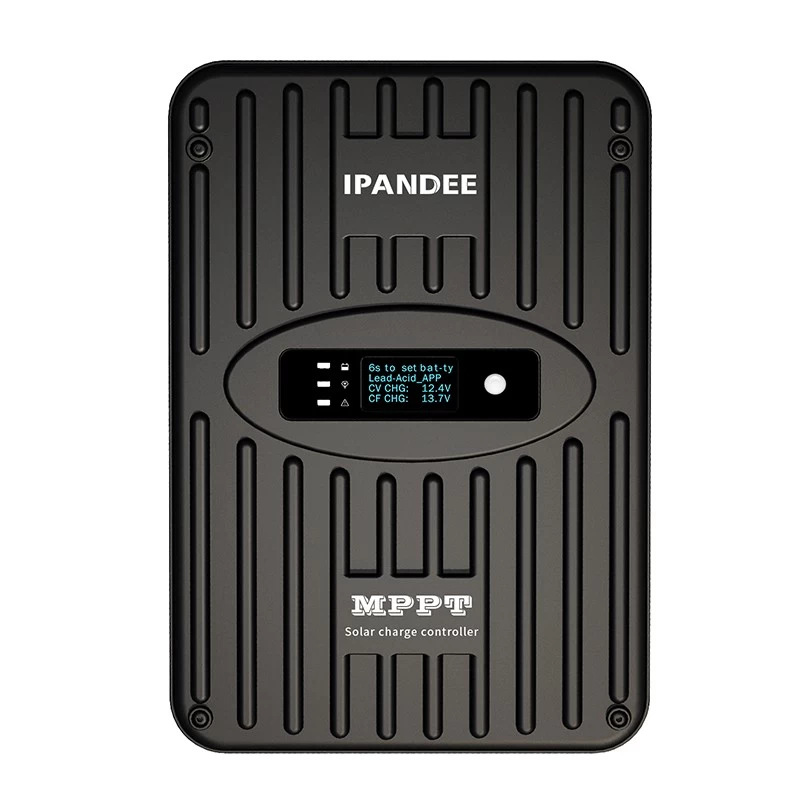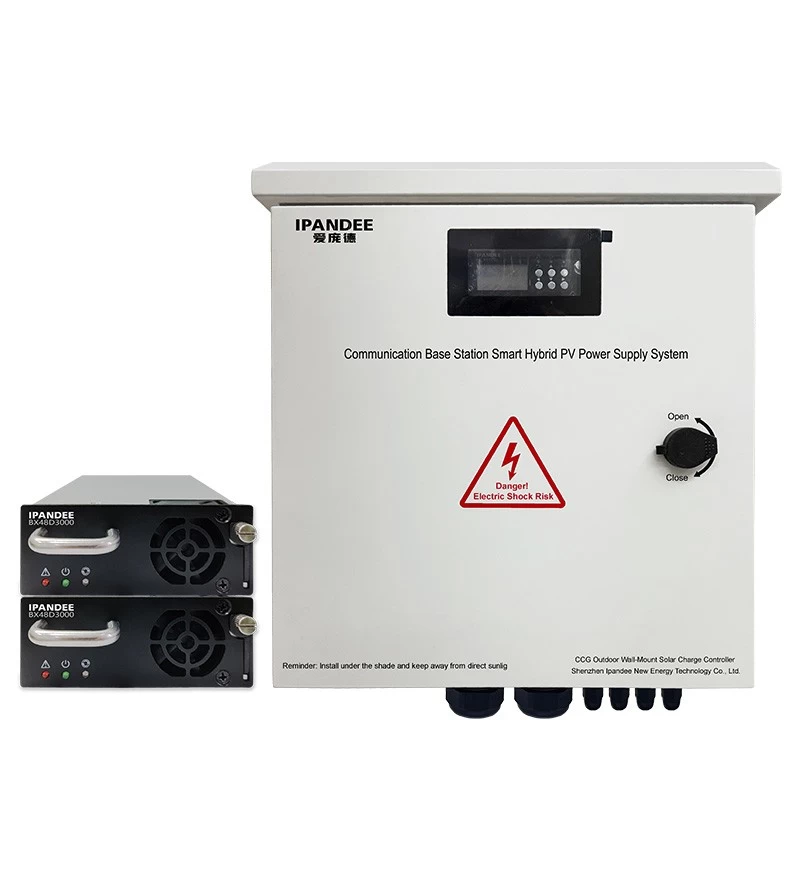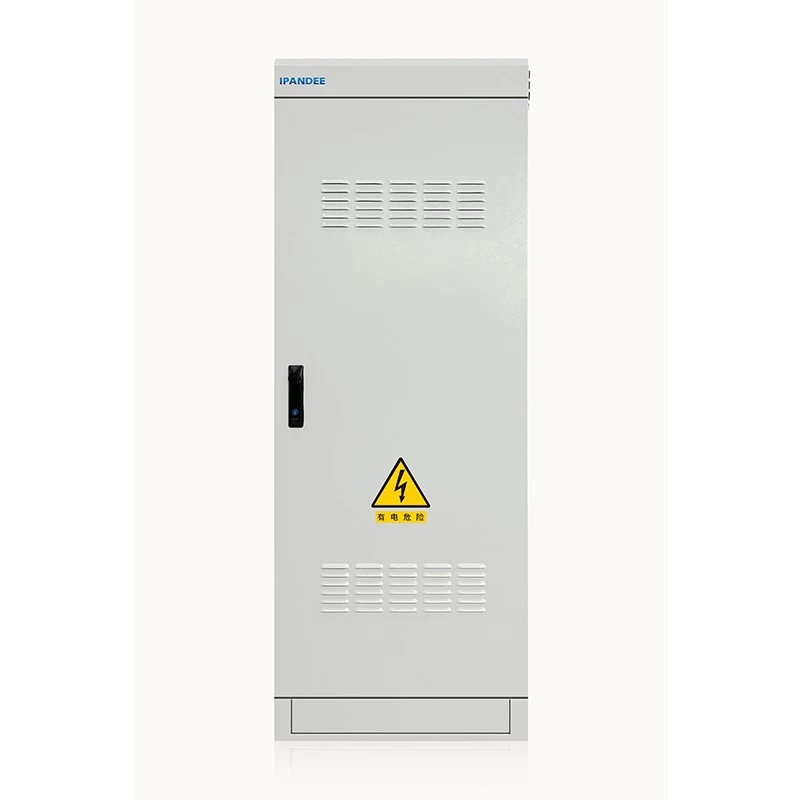The American Energy Storage Association will promote the deployment of state energy storage
At the end of 2018, the American Energy Storage Association and its allies (including more than 150 companies and industry groups) urged the US Congress to determine independent energy storage projects that meet US federal investment tax credits in accordance with Articles 48 and 25 of the Tax Code. Currently, only energy storage systems installed with solar power facilities are eligible for the Federal Investment Tax Credit (ITC).
Speakes-Backman said that energy storage supporters such as the American Wind Energy Association and the Solar Energy Industry Association urged Congress to include the provisions of the Energy Storage Tax Incentives and Deployment Act (HR4649) in the US House of Representatives and the US Senate's spending legislation. Passed before the end of 2018. Although legislators have excluded the investment tax credit (ITC) of the energy storage system in the year-end appropriation bill, supporters will continue to fight for it in 2019.
The use of energy storage systems allows the grid to make better use of the output of intermittent resources such as wind and solar power plants, but proponents emphasize that energy storage systems can provide other benefits, including excess power generation from other sources of energy that can be re-powered. When it is put into the grid, its cost is lower than that of fossil energy production.
Speakes-Backman said, “We believe that allowing energy storage systems to participate as a resource to support the rest of the grid and renewable energy will become a common sense.”
The American Energy Storage Association will also focus on 2019 to discuss proposals from the US Federal Energy Regulatory Commission for more comprehensive adaptation to the storage capacity of the wholesale electricity market. In early December 2018, regional grid operators submitted a compliance application to the US Federal Energy Regulatory Commission on how they met the Commission's Order 841. This rule requires regional power transmission organizations and independent system operators to allow power storage resources to provide and compensate for all their capacity, energy and ancillary services.
Speakes-Backman said the length and complexity of these applications means that the US Energy Storage Association may seek to postpone comments on grid operator recommendations. She said: "We need more than 30 days to make a good response."
"The US Energy Storage Association will pay special attention to applications from PJM, ISONewEngland, NewYorkISO, MidcontinentISO, Southwest Power, and California Independent System Operators," Speakes-Backman said.
She pointed out that Order 841 is intended to make multi-purpose energy storage technology not limited to capacity. California has achieved this by allowing metering resources such as demand response and distributed energy resources (or DERs) to enter the wholesale market.
“Although we are excited about these documents, the content of these submitted documents does not address the distributed energy aspects of energy storage and how it will work,” Speakes-Backman said.
Speakes-Backman said that in addition to US federal policy reforms, the US Energy Storage Association will open up new markets in 2019. It is important to obtain investment tax credit (ITC) concessions through Order 841 and to eliminate market barriers, but incentives to provide energy storage are equally important. One obstacle is that some states may restrict or completely ban utility ownership of power generation assets, and some states do not even consider the deployment of energy storage systems in long-term planning.
Speakes-Backman said, "We are working hard to ensure that these barriers are eliminated and that the energy storage system can enter more markets."
weYesInverter manufacturer, off-grid solar controller,MPPT Solar Charge Controllersupplier,Solar charge controller - Inverter factory
Disclaimer: The content is partly from the internet.In order to pass on more information, this does not mean agreeing to its views or confirming its description.Article content is for reference only.





